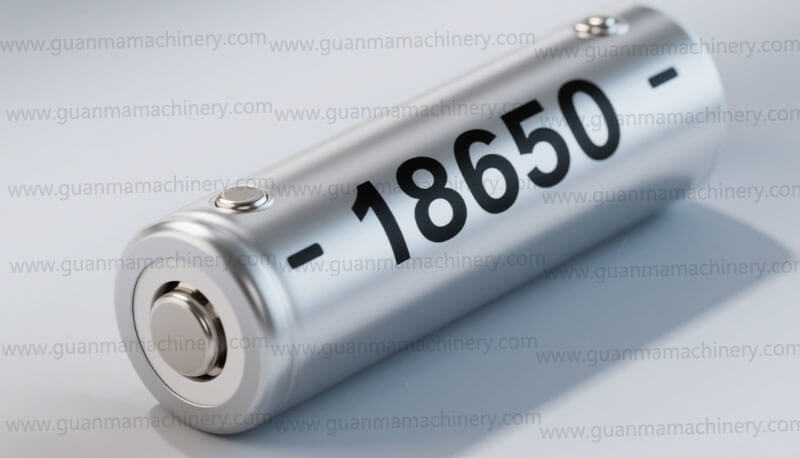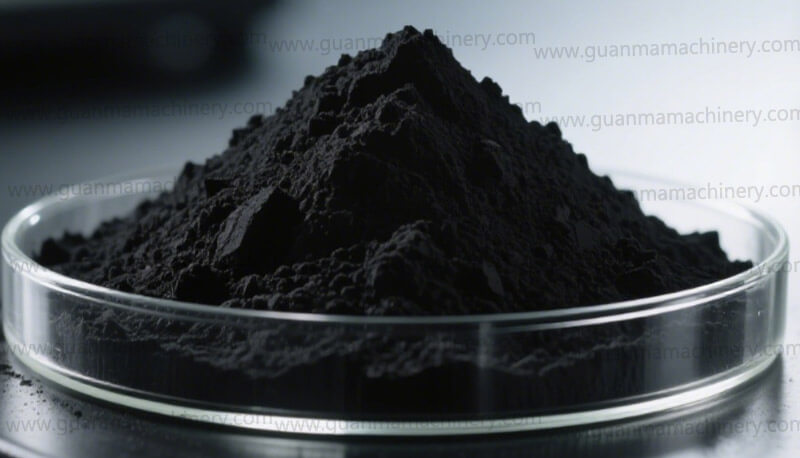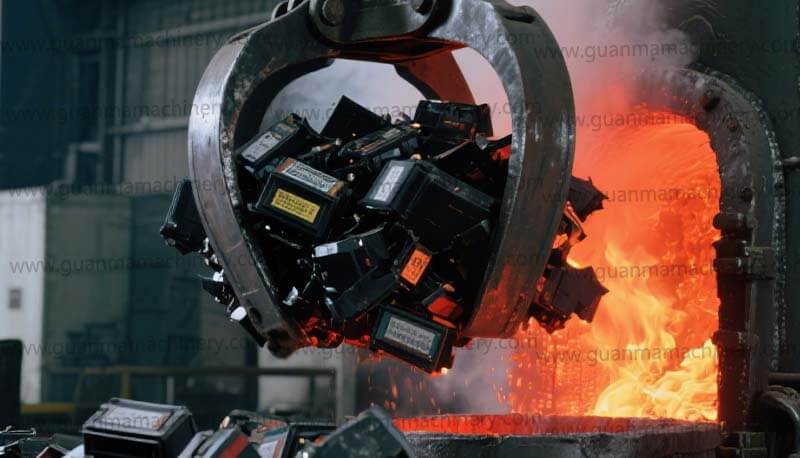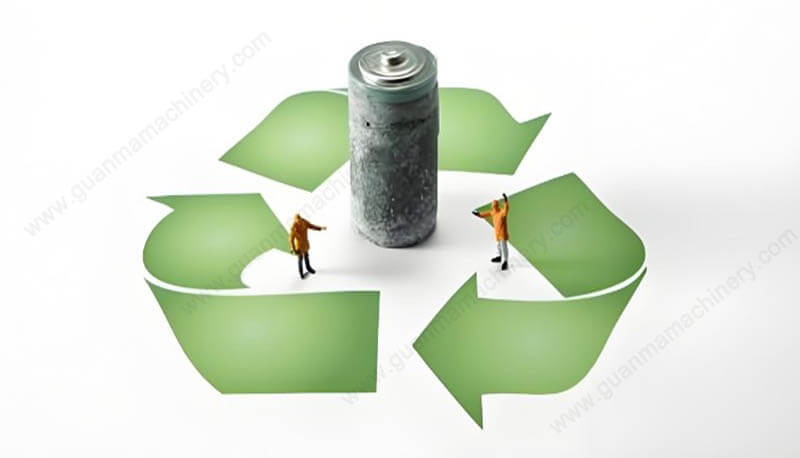As electric vehicle adoption surges and portable electronics multiply, plant recycle of lithium ion cell has become an urgent global priority. For investors and waste management innovators, understanding the total CAPEX for LIB recycling facilities is critical for building a profitable, safe, and sustainable operation.
Why Lithium-Ion Recycling Demands Specialized Plants?
Unlike conventional e-waste, lithium-ion batteries pose fire risks and contain valuable critical minerals (cobalt, nickel, lithium). Effective recycling requires:
Explosion-proof processing environments
Advanced material recovery systems
Compliance with strict toxic substance regulations (e.g., EU Battery Regulation 2023)

Key Cost Drivers for Your LIB Recycling Plant
1. Core Technology Selection
Mechanical-Hydrometallurgical Systems (Most Common)
Pre-processing: Discharge units, shredders in inert atmosphere (N₂/CO₂) (Cost: €400,000–€1.2M)
Black Mass Production: Crushing, sieving, sorting (Cost of automated electrode separation systems: €800,000–€2M)
Chemical Leaching: Solvent extraction, precipitation for Li/Co/Ni recovery (Hydrometallurgical plant CAPEX: €2.5M–€8M)
Direct Recycling
Cathode material regeneration preserves crystal structure
Lower energy use but higher R&D costs (Pilot plant investment: €1.5M+)
2. Safety & Compliance Infrastructure
Explosion-proof buildings with gas detection systems
Wastewater treatment for acid/chemical residues
Fire suppression systems (Aerosol/foam-based)
LIB recycling plant safety compliance costs: €200,000–€800,000
3. Scale & Location Impact
Capacity | Estimated Total Investment |
5,000 tons/year | €6M–€10M |
20,000 tons/year| €15M–€25M |
100,000+ tons/year | €50M+ |
Location Factors
Proximity to EV manufacturers (reduces spent battery collection logistics costs)
Industrial zoning permits for hazardous material handling
4. Hidden Operational Expenses
Pre-treatment: Deep discharging (€0.50–€2/kg)
Labor: Certified technicians for hazardous operations (20–30% higher wages)
Material Losses: Lithium recovery rates (85–95% impacts revenue)
Residue Disposal: Toxic sludge processing (Hazardous waste disposal fees: €150–€400/ton)
Revenue Streams & ROI Timeline
Maximize returns through
Black Mass Sales: High-purity black mass (containing Ni, Co, Li) commands €3,000–€8,000/ton
Material Recovery
Cobalt: €25,000–€70,000/ton
Battery-grade Lithium Carbonate: €15,000–€25,000/ton
Recycling Incentives: EU Battery Regulation mandates 50% Li recovery by 2027 (penalties for non-compliance)
Typical Payback Period: 5–8 years for plants >10,000 tons/year capacity
Step-by-Step Implementation Roadmap
1. Feasibility Study
Feedstock analysis (cell chemistry types, regional volume)
LIB recycling plant environmental impact assessment (€50,000–€150,000)
2. Technology Partner Selection
Evaluate CAPEX vs. recovery efficiency (hydrometallurgical vs. pyrometallurgical)
3. Permitting & Certification
ISO 14001, R2v3, Battery Passport compliance
Hazardous waste operator licensing (6–18 months lead time)
4. Plant Construction
Prioritize modular design for future capacity expansion
Future-Proofing Your Investment
Automation: AI-based sorting increases purity by 15–30%
Second-Life Integration: Test/repack stations for reusable EV batteries
Black Mass Upgrading: On-site production of cathode precursor materials
Establishing a plant recycle of lithium ion cell requires €6M–€25M+ for commercially viable facilities, with technology choices impacting 60% of your budget. While lithium-ion battery recycling plant setup costs are substantial, regulatory tailwinds and soaring material values create exceptional ROI potential. Partner with experienced technology providers and conduct granular feedstock analysis to de-risk your investment.




